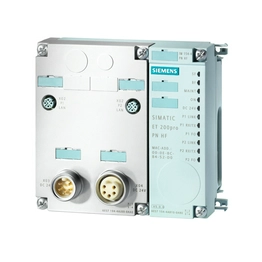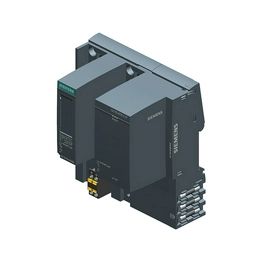Other Interface ICs
Results:Other Interface ICs Results:
Comprehensive
Price Priority
Stock Priority
Image
Part Number
Manufacturer
Description
Availability
Unit Price
Quantity
Operation

SIEMENS
Siemens interface module interface module, used forPROFINET
Quantity: 1
Ship Date: 7-15 working days
1+ $352.1915
-
+
Ext. Price: $352.19
MOQ: 1
Mult: 1
SPQ: 1

SIEMENS
Siemens PLCInput and output module PLCInput and output module, ET 200series
Quantity: 4
Ship Date: 5-10 working days
1+ $1185.6476
-
+
Ext. Price: $1185.64
MOQ: 1
Mult: 1
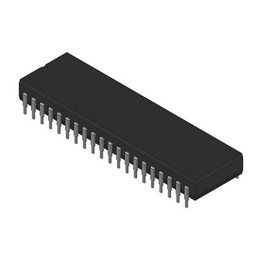
100+ $0.8415
300+ $0.8339
500+ $0.8263
1000+ $0.8036
5000+ $0.8036
-
+
Ext. Price: $120.33
MOQ: 143
Mult: 1
SPQ: 1
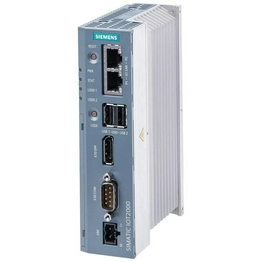
SIEMENS
Siemens IOT2050 Advanced, x20 Digital I/O, x6 Analog input, Ethernet, ARM TI AM6548 HSchip
Quantity: 48
Ship Date: 7-13 working days
1+ $543.5457
-
+
Ext. Price: $543.54
MOQ: 1
Mult: 1

SIEMENS
Siemens interface module interface module, used forPROFINET
Quantity: 236
Ship Date: 5-7 working days
30+ $326.5826
-
+
Ext. Price: $9797.47
MOQ: 30
Mult: 1
SPQ: 1

SIEMENS
Siemens interface module interface module, SIMATIC ET 200SPseries, used forPROFINET
Quantity: 9
Ship Date: 7-13 working days
1+ $406.2224
-
+
Ext. Price: $406.22
MOQ: 1
Mult: 1
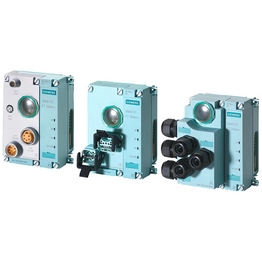
SIEMENS
Siemens PLCExtension modules PLCExtension modules, used foret 200 pro
Quantity: 5000
Ship Date: 4-8 weeks
30+ $1042.685
-
+
Ext. Price: $31280.55
MOQ: 30
Mult: 1
SPQ: 1

SIEMENS
Siemens PLCExtension modules PLCExtension modules, used foret 200 pro
Quantity: 5000
Ship Date: 4-8 weeks
30+ $729.879
-
+
Ext. Price: $21896.37
MOQ: 30
Mult: 1
SPQ: 1
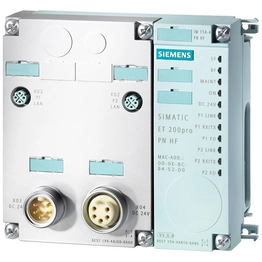
SIEMENS
Siemens interface module interface module, used forPROFINET
Quantity: 44
Ship Date: 5-7 working days
30+ $567.5481
-
+
Ext. Price: $17026.44
MOQ: 30
Mult: 1
SPQ: 1

SIEMENS
Siemens interface module interface module, used forPROFINET
Quantity: 13
Ship Date: 5-10 working days
1+ $1124.5653
-
+
Ext. Price: $1124.56
MOQ: 1
Mult: 1

50+ $1.6109
100+ $1.5823
300+ $1.5681
500+ $1.5538
1000+ $1.5111
5000+ $1.5111
-
+
Ext. Price: $120.81
MOQ: 75
Mult: 1
SPQ: 1

SIEMENS
Siemens interface module interface module, used forPROFINET
Quantity: 0
Ship Date: 7-13 working days
1+ $468.411
-
+
Ext. Price: $468.41
MOQ: 1
Mult: 1

30+ $816.6017
-
+
Ext. Price: $24498.05
MOQ: 30
Mult: 1
SPQ: 1






